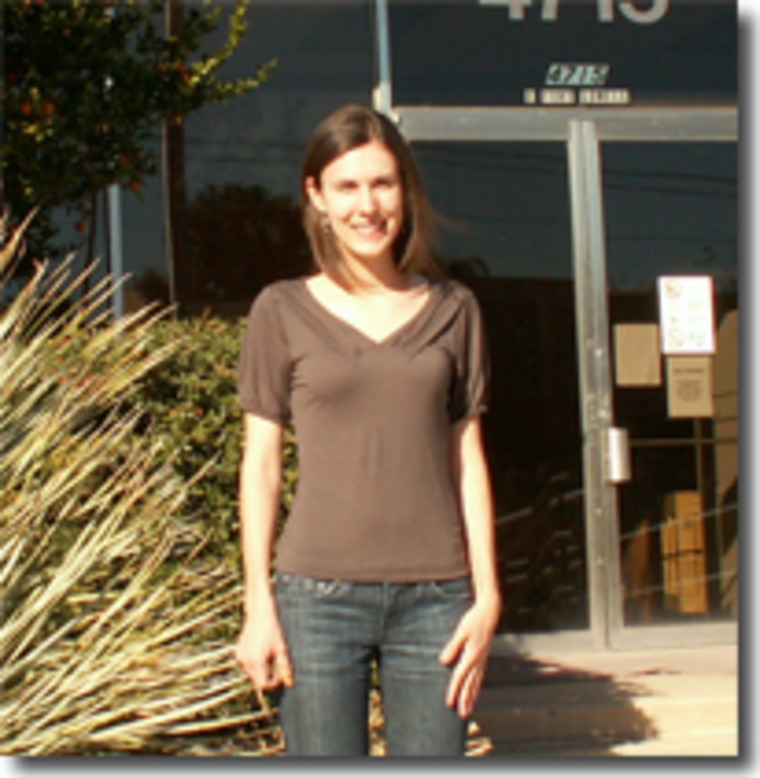Allison Wilhelm

Allison Wilhelm, co-sponsored by the Material Science and Engineering
More than half of the 20th century’s top 20 engineering achievements that made the greatest impact on quality of life relied on the incredible properties and fabrication methods of glass. Glass research has become a significant part of many fields of study with numerous applications in fields such as space research and biotechnology. NASA specifically has used various glasses in a number of applications including REAI glass for optical components, bulk metallic glasses on the Genesis spacecraft for collection of solar wind particles, and infrared glasses for use in the Terrestrial Planet Finder Mission. However, despite its current importance and widespread application glass science is not a common topic of study addressed in middle or high school classes.
My educational outreach project addresses this challenge through the development of two classes containing hands-on experiments and associated educational materials on the use and importance of glass and optics in space research. The classes are geared toward middle school students typically underrepresented in science and engineering, and are followed by an after school observing activity. The first class gives an overview of what glass is, the properties of glasses, and a description of the various applications of glass in NASA space research. This class includes a hands-on experiment showcasing how glass is made through the creation of edible candy glass. The synthesis of conventional glasses requires extensive time and extreme temperatures. However, through the synthesis of candy glass, students can gain a safe level of “hands-on” knowledge of glass. The second class focuses on optics, and discusses the properties of different glass shapes and various optical devices used in NASA space research. This class includes a hands-on experiment to create lenses out of gelatin. Students can then learn about and calculate the focal length of their edible lenses. The final element of the project is an after school observing activity allowing students to use a Dobsonian telescope in order to show the use of these materials and principles in action. This series of lessons and experiments is designed to provide middle school students with the opportunity to learn about aspects of space research and glass science, and then apply this knowledge to hands-on experiments that will require critical thinking in a fun and edible way.

